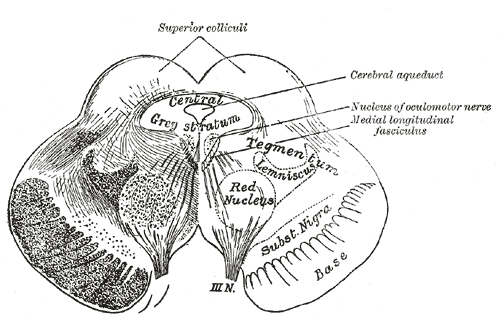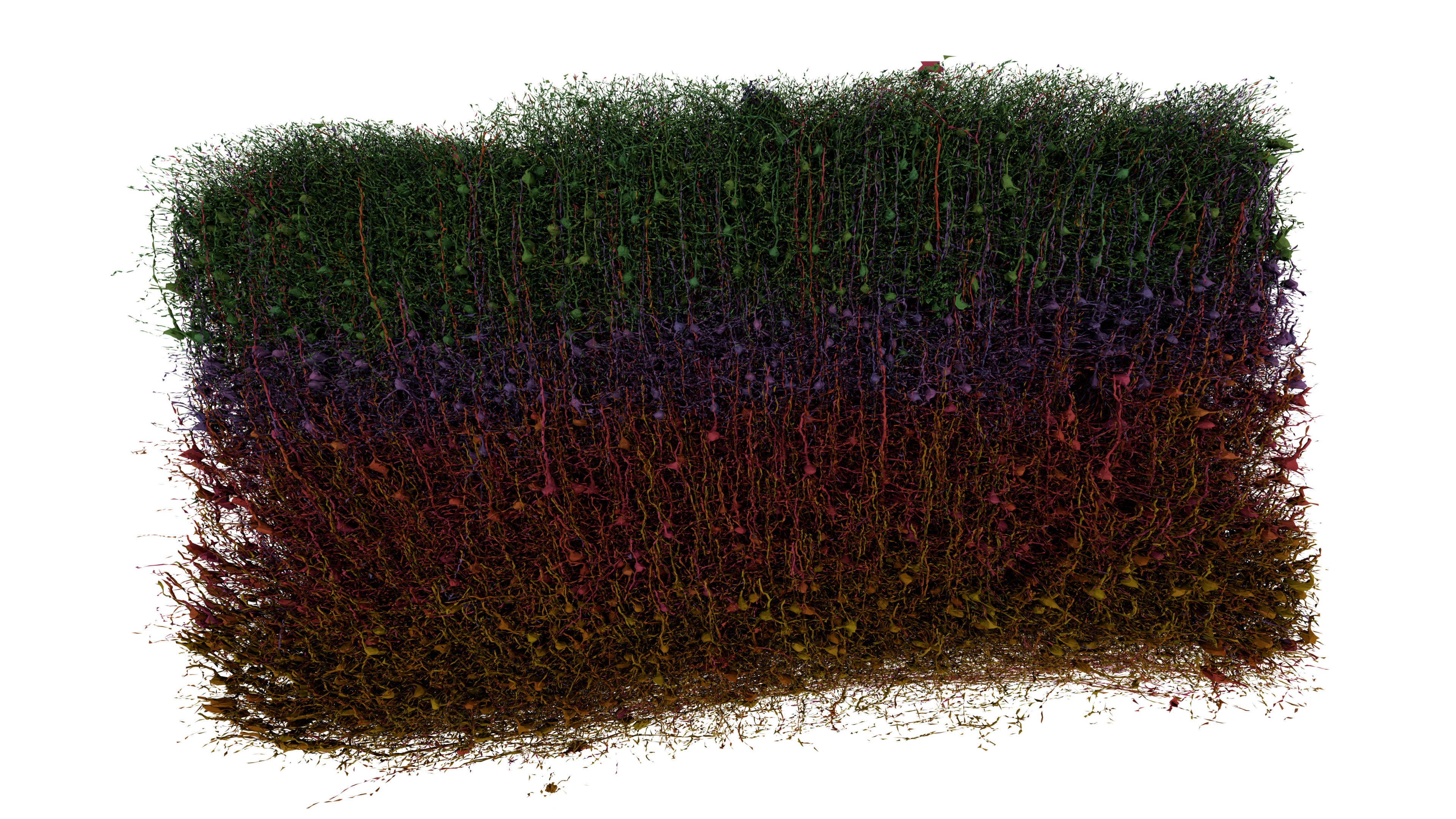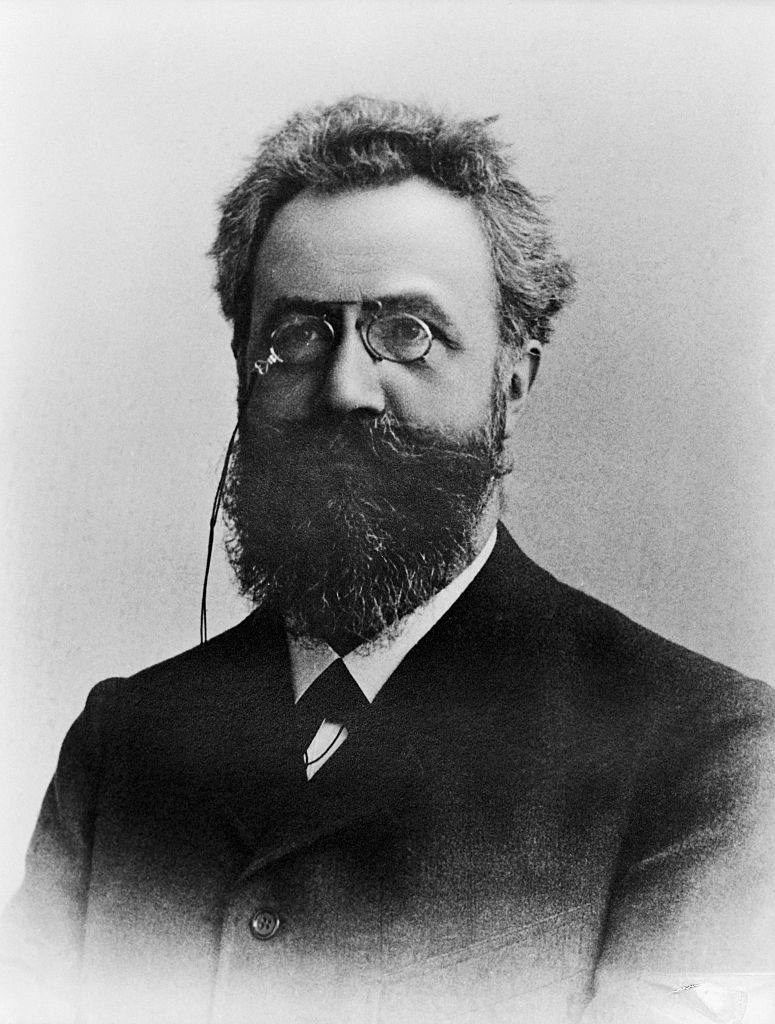|
Visual Learning
Visual learning is a learning style among the learning styles of Neil Fleming's VARK model in which information is presented to a learner in a visual format. Visual learners can utilize graphs, charts, maps, diagrams, and other forms of visual stimulation to effectively interpret information. The Fleming VARK model also includes Kinesthetic Learning and Auditory learning. There is no evidence that providing visual materials to students identified as having a visual style improves learning. Techniques A review study concluded that using graphic organizers improves student performance in the following areas: ; Retention : Students remember information better and can better recall it when it is represented and learned both visually and verbally. ; Reading comprehension : The use of graphic organizers helps improve reading comprehension of students. ; Student achievement : Students with and without learning disabilities improve performance across content areas and grade levels. ... [...More Info...] [...Related Items...] OR: [Wikipedia] [Google] [Baidu] |
Neil Fleming
Neil Donald Fleming (19 October 1939 – 16 June 2022) was a New Zealand educationalist. He taught in universities, teacher education centres and high schools. Biography Fleming was born on 19 October 1939, and graduated with a Bachelor of Arts degree from the University of Canterbury in 1962. Before working for eleven years in faculty development at Lincoln University (New Zealand), Lincoln University, he was for nine years a senior inspector for the over 100 high schools in the South Island of New Zealand. This involved being a critical observer of over 9000 'lessons' in classrooms. Fleming died in Christchurch on 16 June 2022, at the age of 82 years. Learning styles: VARK Model Fleming is best known worldwide for the design of the VARK model. which expanded upon earlier Neuro-linguistic programming (NLP) models.Thomas F. Hawk, Amit J. Shah (2007) "Using Learning Style Instruments to Enhance Student Learning" ''Decision Sciences Journal of Innovative Education'' His VARK m ... [...More Info...] [...Related Items...] OR: [Wikipedia] [Google] [Baidu] |
John Gabrieli
John Gabrieli is a neuroscientist at MIT, and an Investigator at the McGovern Institute for Brain Research. He is the Grover Hermann Professor of Health Sciences and Technology, a faculty member in the department of Brain and Cognitive Sciences and director of the Athinoula A. Martinos Imaging Center, part of the McGovern Institute. Gabrieli is an expert on the brain mechanisms of human cognition, including memory, thought and emotion. His work includes neuroimaging studies on healthy adults and children as well as clinical patients with many different brain disorders, including schizophrenia, depression, Alzheimer's disease, autism and dyslexia. As a graduate student with Suzanne Corkin at MIT he carried out research with the famous HM, who was a globally amnesic patient as a result of epileptic surgery. Gabrieli was able to show the importance of the parahippocampal cortex in the formation of memories. In collaboration with Christopher deCharms and colleagues he was the ... [...More Info...] [...Related Items...] OR: [Wikipedia] [Google] [Baidu] |
Superior Colliculus
In neuroanatomy, the superior colliculus () is a structure lying on the tectum, roof of the mammalian midbrain. In non-mammalian vertebrates, the Homology (biology), homologous structure is known as the optic tectum or optic lobe. The adjective form ''tectum, tectal'' is commonly used for both structures. In mammals, the superior colliculus forms a major component of the midbrain. It is a paired structure and together with the paired inferior colliculi forms the corpora quadrigemina. The superior colliculus is a layered structure, with a pattern that is similar in all mammals. The layers can be grouped into the superficial layers (retinal nerve fiber layer, stratum opticum and above) and the deeper remaining layers. Neurons in the superficial layers receive direct input from the retina and respond almost exclusively to visual stimuli. Many neurons in the deeper layers also respond to other modalities, and some respond to stimuli in multiple modalities. The deeper layers also conta ... [...More Info...] [...Related Items...] OR: [Wikipedia] [Google] [Baidu] |
Gray Matter
Grey matter, or gray matter in American English, is a major component of the central nervous system, consisting of neuronal cell bodies, neuropil (dendrites and unmyelinated axons), glial cells (astrocytes and oligodendrocytes), synapses, and capillaries. Grey matter is distinguished from white matter in that it contains numerous cell bodies and relatively few myelinated axons, while white matter contains relatively few cell bodies and is composed chiefly of long-range myelinated axons. The colour difference arises mainly from the whiteness of myelin. In living tissue, grey matter actually has a very light grey colour with yellowish or pinkish hues, which come from capillary blood vessels and neuronal cell bodies. Structure Grey matter refers to unmyelinated neurons and other cells of the central nervous system. It is present in the brain, brainstem and cerebellum, and present throughout the spinal cord. Grey matter is distributed at the surface of the cerebral hemispheres ... [...More Info...] [...Related Items...] OR: [Wikipedia] [Google] [Baidu] |
Visual Memory
Visual memory describes the relationship between perceptual processing and the Encoding (memory), encoding, Storage (memory), storage and Recall (memory), retrieval of the resulting neural representations. Visual memory occurs over a broad time range spanning from eye movements to years in order to visually navigate to a previously visited location.Berryhill, M. (2008, May 09). Visual memory and the brain. Retrieved from http://www.visionsciences.org/symposia2008_4.html Visual memory is a form of memory which preserves some characteristics of our senses pertaining to visual experience. We are able to place in memory visual information which resembles objects, places, animals or people in a mental image. The experience of visual memory is also referred to as the mind's eye through which we can retrieve from our memory a mental image of original objects, places, animals or people. Visual memory is one of several cognitive systems, which are all interconnected parts that combine to ... [...More Info...] [...Related Items...] OR: [Wikipedia] [Google] [Baidu] |
Schema (psychology)
In psychology and cognitive science, a schema (: schemata or schemas) describes a pattern of thought or behavior that organizes categories of information and the relationships among them. It can also be described as a mental structure of preconceived ideas, a framework representing some aspect of the world, or a system of organizing and perceiving new information, such as a mental schema or conceptual model. Schemata influence attention and the absorption of new knowledge: people are more likely to notice things that fit into their schema, while re-interpreting contradictions to the schema as exceptions or distorting them to fit. Schemata have a tendency to remain unchanged, even in the face of contradictory information. Schemata can help in understanding the world and the rapidly changing environment. People can organize new perceptions into schemata quickly as most situations do not require complex thought when using schema, since automatic thought is all that is required. ... [...More Info...] [...Related Items...] OR: [Wikipedia] [Google] [Baidu] |
Limbic
The limbic system, also known as the paleomammalian cortex, is a set of brain structures located on both sides of the thalamus, immediately beneath the medial temporal lobe of the cerebrum primarily in the forebrain.Schacter, Daniel L. 2012. ''Psychology''.sec. 3.20 Its various components support a variety of functions including emotion, behavior, long-term memory, and olfaction. The limbic system is involved in lower order emotional processing of input from sensory systems and consists of the amygdala, mammillary bodies, stria medullaris, central gray and dorsal and ventral nuclei of Gudden. This processed information is often relayed to a collection of structures from the telencephalon, diencephalon, and mesencephalon, including the prefrontal cortex, cingulate gyrus, limbic thalamus, hippocampus including the parahippocampal gyrus and subiculum, nucleus accumbens (limbic striatum), anterior hypothalamus, ventral tegmental area, midbrain raphe nuclei, habenular commissure, e ... [...More Info...] [...Related Items...] OR: [Wikipedia] [Google] [Baidu] |
Neostriatum
The striatum (: striata) or corpus striatum is a cluster of interconnected nuclei that make up the largest structure of the subcortical basal ganglia. The striatum is a critical component of the motor and reward systems; receives glutamatergic and dopaminergic inputs from different sources; and serves as the primary input to the rest of the basal ganglia. Functionally, the striatum coordinates multiple aspects of cognition, including both motor and action planning, decision-making, motivation, reinforcement, and reward perception. The striatum is made up of the caudate nucleus and the lentiform nucleus. However, some authors believe it is made up of caudate nucleus, putamen, and ventral striatum. The lentiform nucleus is made up of the larger putamen, and the smaller globus pallidus. Strictly speaking the globus pallidus is part of the striatum. It is common practice, however, to implicitly exclude the globus pallidus when referring to striatal structures. In primates, th ... [...More Info...] [...Related Items...] OR: [Wikipedia] [Google] [Baidu] |
Neocortex
The neocortex, also called the neopallium, isocortex, or the six-layered cortex, is a set of layers of the mammalian cerebral cortex involved in higher-order brain functions such as sensory perception, cognition, generation of motor commands, spatial reasoning, and language. The neocortex is further subdivided into the true isocortex and the proisocortex. In the human brain, the cerebral cortex consists of the larger neocortex and the smaller allocortex, respectively taking up 90% and 10%. The neocortex is made up of six layers, labelled from the outermost inwards, I to VI. Etymology The term is from ''cortex'', Latin, " bark" or "rind", combined with ''neo-'', Greek, "new". ''Neopallium'' is a similar hybrid, from Latin ''pallium'', "cloak". ''Isocortex'' and ''allocortex'' are hybrids with Greek ''isos'', "same", and ''allos'', "other". Anatomy The neocortex is the most developed in its organisation and number of layers, of the cerebral tissues. The neocortex cons ... [...More Info...] [...Related Items...] OR: [Wikipedia] [Google] [Baidu] |
Extrastriate Cortex
The extrastriate cortex is the region of the occipital cortex of the mammalian brain located next to the primary visual cortex. Primary visual cortex (V1) is also named striate cortex because of its striped appearance in the microscope. The extrastriate cortex encompasses multiple functional areas, including V3, V4, V5/MT, which is sensitive to motion,Guy A. Orban. Higher Order Visual Processing in Macaque Extrastriate Cortex. ''Physiol Rev'' January 1, 2008 88:(1) 59-89; or the extrastriate body area (EBA) used in the perception of human bodies. Anatomy In terms of Brodmann areas, the extrastriate cortex comprises Brodmann area 18 and Brodmann area 19, while the striate cortex comprises Brodmann area 17. In primates, the extrastriate cortex includes visual area V3, visual area V4, and visual area MT (sometimes called V5), while V1 corresponds to the striate cortex, and V2 to the prestriate cortex. See also * List of regions in the human brain References {{ ... [...More Info...] [...Related Items...] OR: [Wikipedia] [Google] [Baidu] |
Frontal Lobe
The frontal lobe is the largest of the four major lobes of the brain in mammals, and is located at the front of each cerebral hemisphere (in front of the parietal lobe and the temporal lobe). It is parted from the parietal lobe by a Sulcus (neuroanatomy), groove between tissues called the central sulcus and from the temporal lobe by a deeper groove called the lateral sulcus (Sylvian fissure). The most anterior rounded part of the frontal lobe (though not well-defined) is known as the frontal pole, one of the three Cerebral hemisphere#Poles, poles of the cerebrum. The frontal lobe is covered by the frontal cortex. The frontal cortex includes the premotor cortex and the primary motor cortex – parts of the motor cortex. The front part of the frontal cortex is covered by the prefrontal cortex. The nonprimary motor cortex is a functionally defined portion of the frontal lobe. There are four principal Gyrus, gyri in the frontal lobe. The precentral gyrus is directly anterior to the ... [...More Info...] [...Related Items...] OR: [Wikipedia] [Google] [Baidu] |
Encoding (memory)
Memory has the ability to encode, Storage (memory), store and Recall (memory), recall information. Memories give an organism the capability to learn and adapt from previous experiences as well as build relationships. Encoding allows a perceived item of use or interest to be converted into a construct that can be stored within the brain and recalled later from long-term memory. Working memory stores information for immediate use or manipulation, which is aided through hooking onto previously archived items already present in the long-term memory of an individual. History Encoding is still relatively new and unexplored but the origins of encoding date back to age-old philosophers such as Aristotle and Plato. A major figure in the history of encoding is Hermann Ebbinghaus (1850–1909). Ebbinghaus was a pioneer in the field of memory research. Using himself as a subject he studied how we learn and forget information by repeating a list of nonsense syllables to the rhythm of a metron ... [...More Info...] [...Related Items...] OR: [Wikipedia] [Google] [Baidu] |








